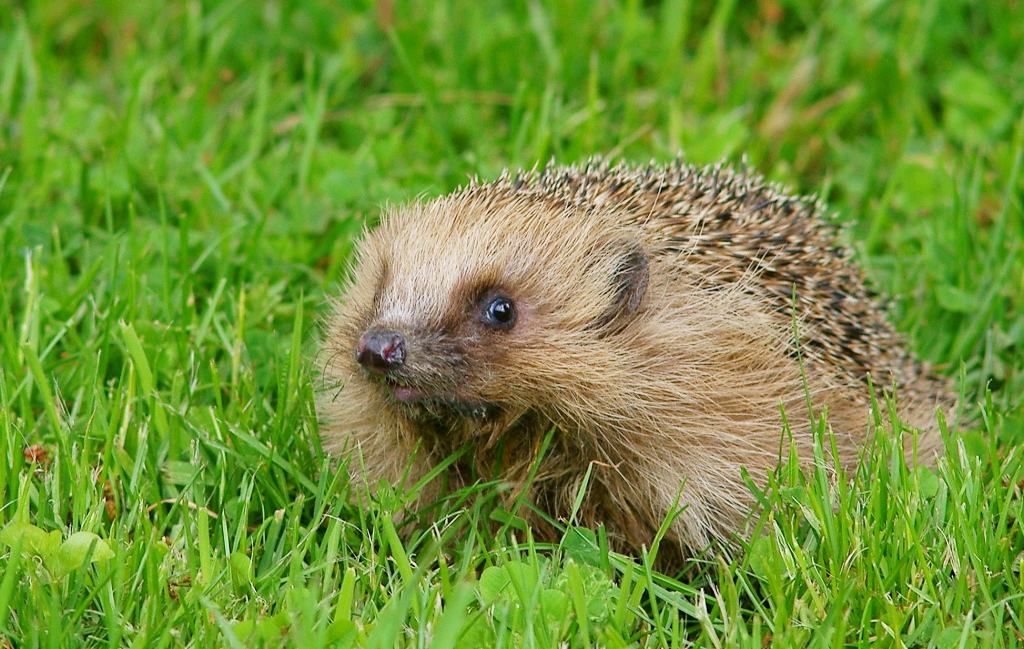Genes and proteins have been named after Sonic the Hedgehog, the Smurfs, Spock, Pikachu, and the Tinman from The Wonderful Wizard of Oz.

Back in April, in a post on feline polydactyly, I promised to write about unusual gene and protein names. Nowadays, when someone names a new gene (or the proteins produced by that gene) in humans, that name is vetted by the HUGO Gene Nomenclature Committee. But before the appearance of that committee, and for many animals other than humans, the discoverers of these genes and proteins had carte blanche to use whatever name they chose.
So, of course, sometimes they went for a joke.
In the late 1970s, researchers discovered a gene that seemed to control the body shape of fruit flies. When this gene mutated, fruit flies would develop small bumps that made them look like miniature hedgehogs… so the researchers named it the Hedgehog gene (Hh). In 1995, they won a Nobel Prize for this discovery. But, more importantly, they established the groundwork for a series of biological joke names.
Connected to Hh is the Sonic hedgehog protein. It’s a surprisingly important protein for humans: it regulates the growth of fingers, teeth, brain, and parts of the central nervous system. There are also Desert Hedgehog and Indian Hedgehog proteins. Other genes or proteins named with media references in mind:
- Pikachurin, named after the Pokemon Pikachu.
- SPOCK1, after Star Trek‘s Spock. Mutations in this gene produce pointy “ears” in Zebrafish embryos.
- SMURF1 and SMURF2, after the Smurfs. Mutations do not turn animals blue, alas.
- Tinman, from The Wonderful Wizard of Oz, which (naturally) affects development of the heart.
On some occasions these joke names get people in trouble: the gene Zbtb7 used to be named Pokemon until the Pokémon Company threatened to sue… possibly because the gene has been described as a cancer “master switch.” Apparently another gene was called Velcro until the manufacturers of Velcro pointed out that the name was their trademark.